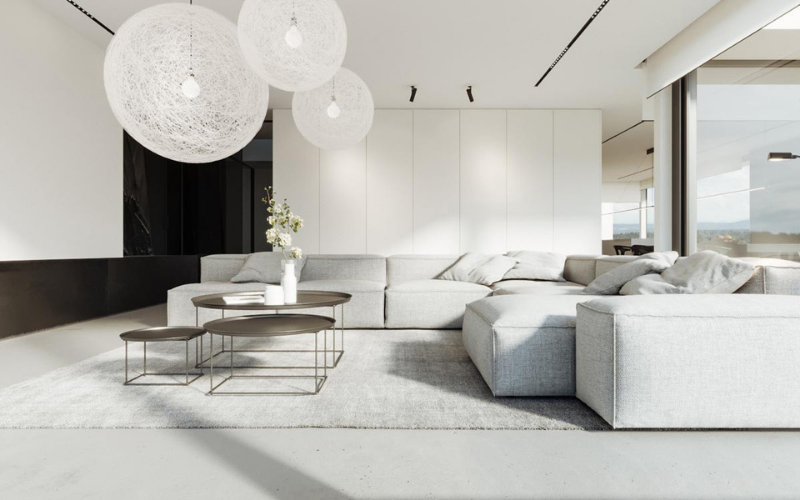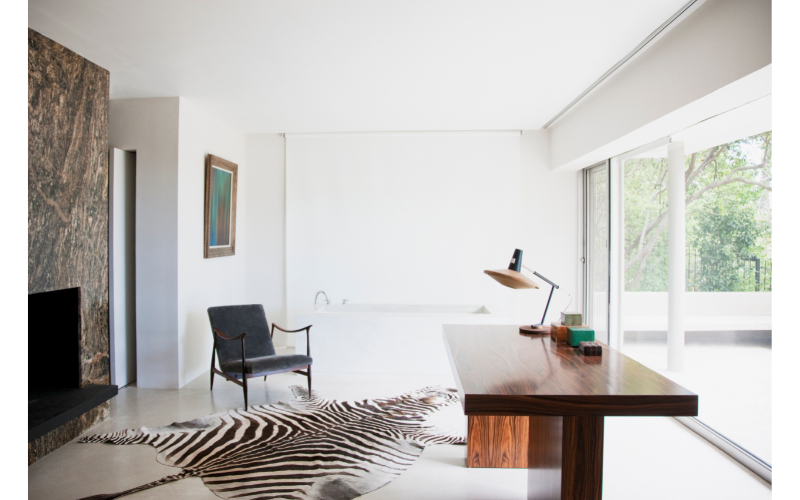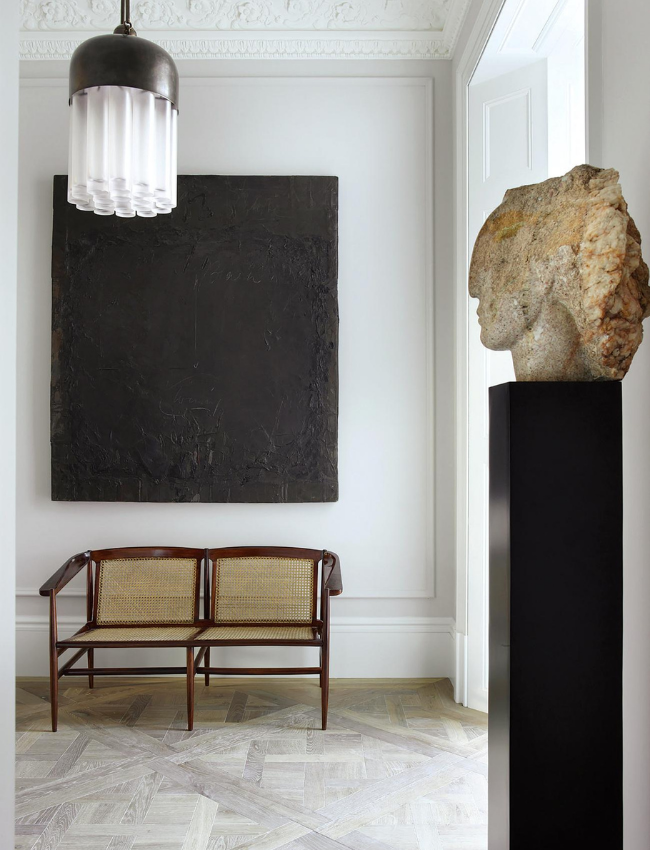Why White Spaces Matter
We’re faced with a lot of noise every day. Auditory and visual distractions clutter up almost every aspect of our lives, often challenging our ability to concentrate and relax. That’s why carving out sanctuary spaces in our home and workplace is so important. By incorporating white space in interior design, we can improve productivity, reduce stress, and allow for more design flexibility. Here’s why white spaces matter in a home that puts wellness and ease of living at the forefront.
What Are White Spaces in a Home?
In design, white space is often referred to as negative space and represents an empty area with no design elements. When used correctly, white space is one of the most powerful design elements we use. It guides the eye to what’s important by eliminating clutter and unnecessary stuff. And it’s actually a very positive thing. White space creates a feeling of calm and comfort by allowing the eye (and mind) a chance to rest between visual elements.
White space can be found in the gap between a bed and the wall, or it might be a wall that has no artwork on it. These empty spaces are an integral part of wellness design as they offer many benefits from both a wellness and a design perspective.
White Space Reduces Distractions to Increase Focus
A home office with plenty of white space minimizes distractions and increases productivity.
A key benefit of minimal design that includes ample white space is that it reduces distraction levels in the home. When different elements are competing for your attention, you’ll have a harder time focusing on only one of them. As a result, it can be more difficult to stay on task and be “present” in your home life. Replacing clutter with white space can help you focus on what matters most which in turn increases productivity and overall happiness. Mindful use of white space in home offices and bedrooms can make a huge difference in supporting work habits that require intense focus or a restful night’s sleep.
White Spaces Minimize Stress
“The less we have, the more control we are in”
Clutter bombards our minds with excessive stimuli, causing our senses to work overtime processing information that isn't necessary or important. This not only keeps us thinking about all the things we have to take care of, but it also prevents us from enjoying the beauty of our surroundings. A room with more white space than objects creates a positive reaction and reduces the amount of work our brains perform to process our surroundings. Think open layouts and plenty of white space to make it easier on the mind and eye to navigate through a space.
White Space Brings Balance
Blank walls and simple furnishings balance out the built-in bookshelves to keep the look uncluttered and soothing.
When used correctly, white space can help bring balance to a home. It gives furniture, art and other design elements room to breathe while making rooms feel more spacious, with better flow and symmetry. Employing white space to counterbalance functional items will result in a clutter-free home that’s both elegant and easy to live in. Less truly can be more when used mindfully and intentionally.
To create more white space in your home, avoid the urge to personalize with trinkets and collections. Instead, choose a few statement pieces that are both beautiful and functional and let them stand alone.
White Space Draws Attention
Interior Styling - Banda. Effective use of white space highlights a dramatic art piece and a unique light fixture.
White space is a critical component of designs that make an impact. A large piece of artwork makes a striking focal point as the only element on a wall, but when surrounded by other artwork it just becomes part of the whole. Likewise, a beautiful light fixture makes a big statement when it’s surrounded by blank space. But that same fixture in front of a cluttered shelf or wall will be lost in the noise. White space helps to highlight beautiful design elements giving them the attention they deserve. Restraint is key, and when used correctly to highlight statement pieces, it can elevate the look and feel of a room significantly.
White Space Allows for Versatility
A room with white space is a room with options. If you want to rearrange the furniture, update your colour palette or shift design styles, it’s a much simpler process when your home isn’t full of excess stuff.
Starting with a foundation of quality pieces that are both functional and beautiful results in a timeless home that will never go out of style. But that doesn’t mean you’ll never want change and variety in your home. White space offers design flexibility and leaves you with options when it comes to accessorizing, creating functional layouts and even future renovations.
A minimal home with thoughtful use of white space can increase productivity and focus, reduce stress and ensure your home is easy to live in now and for years to come. Connect with me today to discuss how Wellness Design can help you live and feel better in your home.




